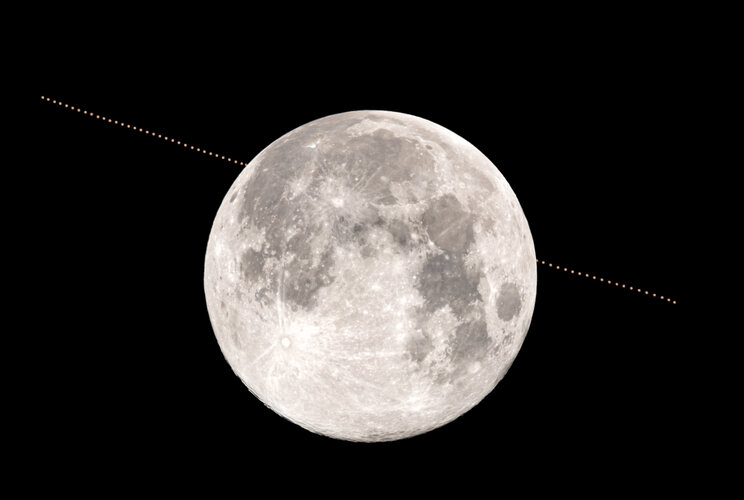Safety is the only option

The Alumni study – a loose abbreviation for “preliminary elements on nuclear thermal propulsion for space application” – started with a review of nuclear thermal propulsion, assessing technology and feasibility while thoroughly considering safety aspects.
With nuclear thermal propulsion system, the nuclear core is not activated before it is far from Earth and in a safe orbit – guaranteeing it will never return to our atmosphere, or land on Earth. Before activation and during launch, the fresh-fuel uranium contained in the nuclear core has very low radioactivity and is non-toxic.
During operation, the engine emits neutron and gamma radiation, and a multi-layer plate radiation-shield would protect the spacecraft and any crew inside during the short, less-than-two-hour boosts. Astronauts travelling to Mars in a nuclear spacecraft would in total less radiation in total than when flying in a traditional spacecraft as travel times could be halved, so less time would be spent receiving harmful natural cosmic radiation. On our planet, life is protected from cosmic radiation by Earth’s magnetic field and atmosphere.
Alumni key outcomes – nuclear space age?
The consortium studied nuclear thermal propulsion programmes and technological options from the 1960s and also investigated a new ceramic-metal core design with an improved thrust-to-weight ratio while keeping the same efficiency as previous designs. The consortium spent over a year analysing the theory in depth, including controlling the reactor and how to restart it – avoiding so-called xenon-poisoning that can prevent the reactor from restarting – as well as heat management of the fuel and propellant.
Laboratory tests are the next step to continue investigating this design and study the system in greater detail beyond computer models. This will require overcoming many challenges, such as sourcing and creating the fuel, building the facilities for extensive and safe testing. This long-term effort would take several years.
Even though nuclear propulsion holds great promise, the study looked at many scenarios and concluded that it is ideal for heavy spacecraft that need massive acceleration and braking, with changes in velocity of a minimum of 25 000 km/h – values typically needed for missions to the Moon or Mars.
Hydrogen was pinpointed as the ideal propellant to be used in nuclear thermal engines as it offers maximum efficiency, but the Alumni study noted that other propellants such as ammonia are possible, which can offer advantages in some mission scenarios as it is easier to store, and decreases the dry mass of the engine and the propellant tank.
The Alumni executive summary can be downloaded here. Experts in the space domain and in the nuclear domain concluded that the project is feasible in a long-term, can be safely operated, and offers huge performance gains, while identifying the challenges if Europe wanted to continue development.



